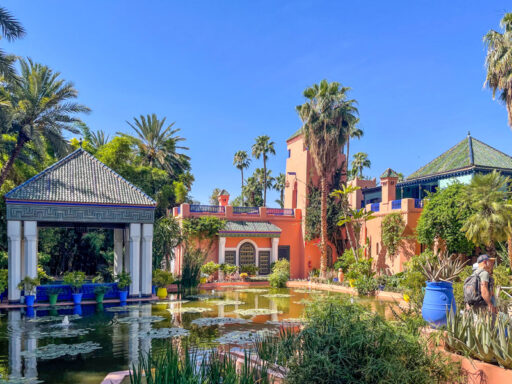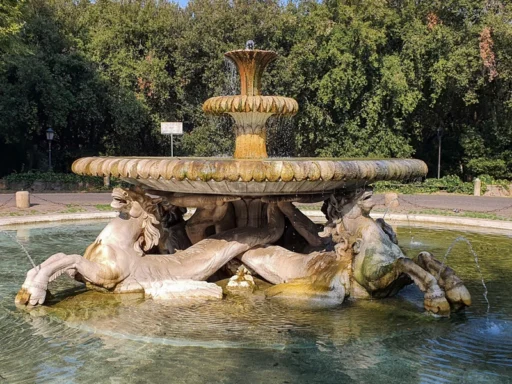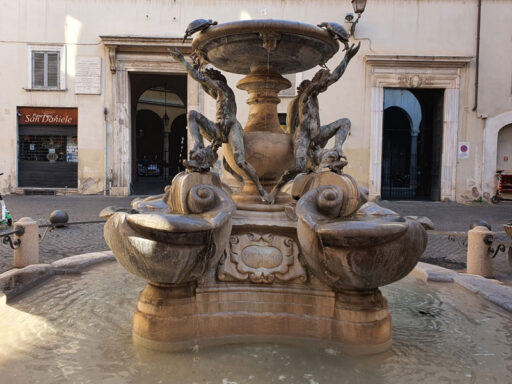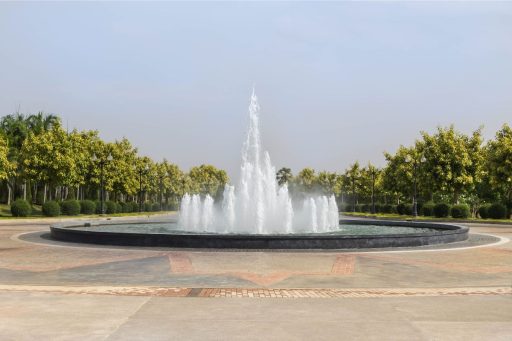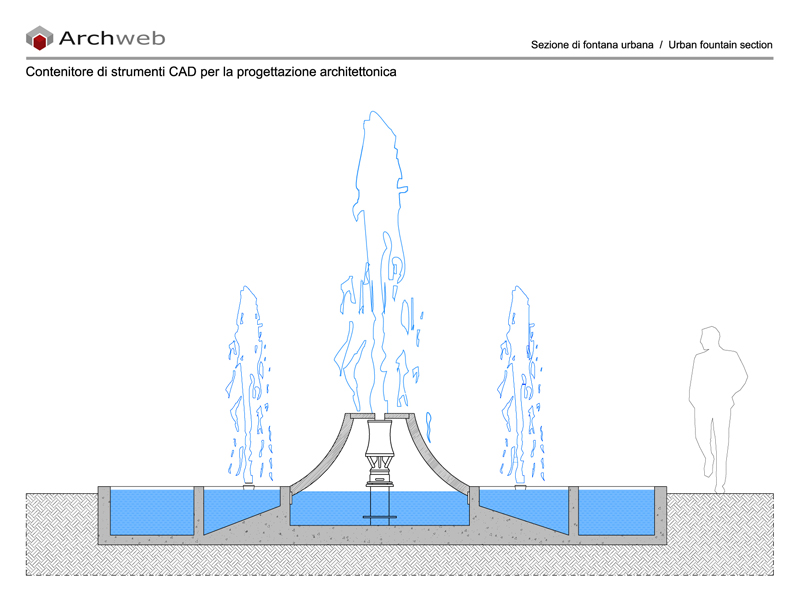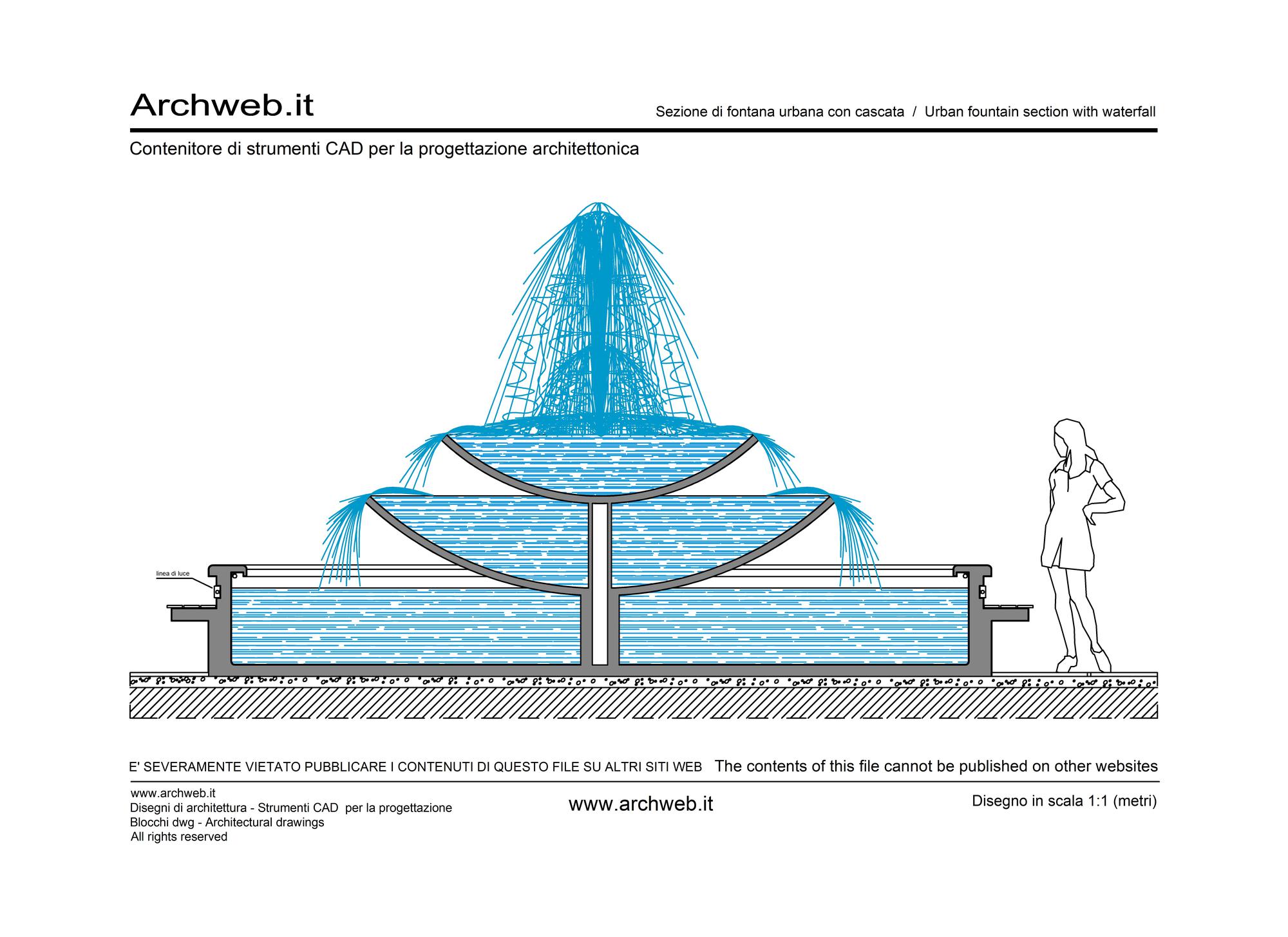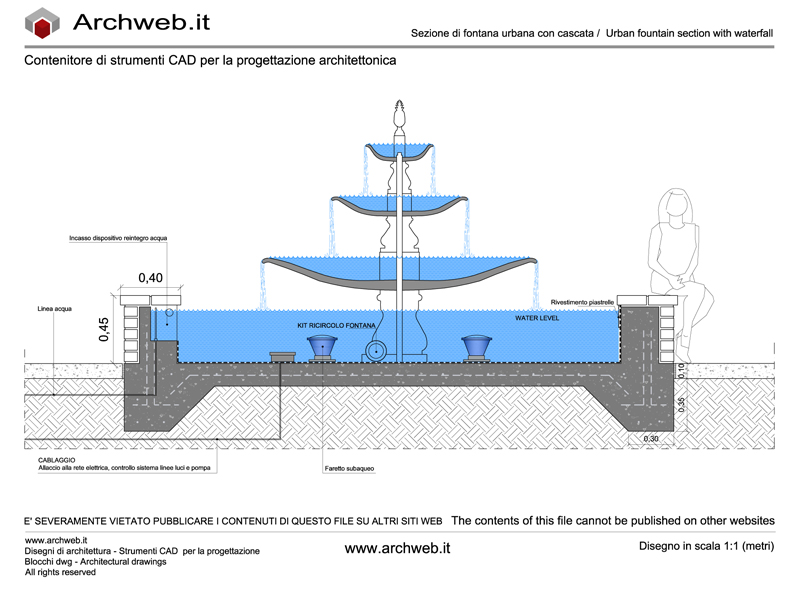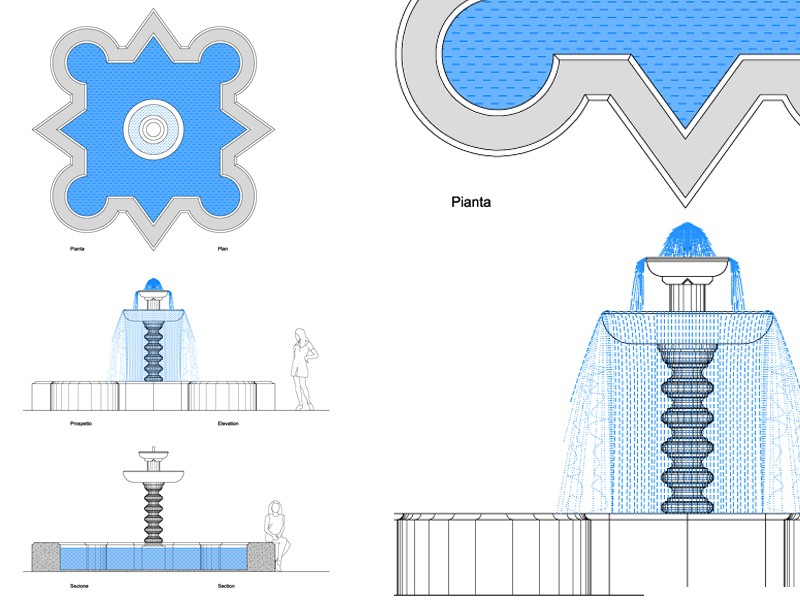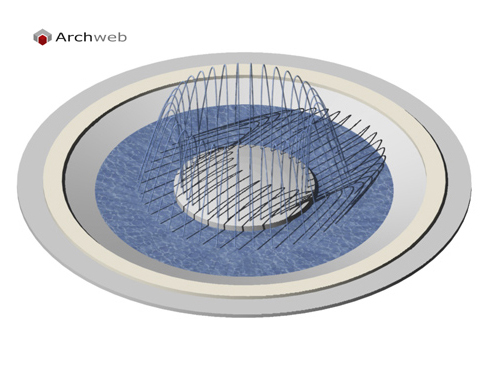Fountain of the Caryatids
Elegant artwork by architect and sculptor Attilio Selva
The Fountain of the Caryatids, located in Rome's Piazza dei Quiriti, is an elegant work of art and one of the symbols of early 20th-century architecture and sculpture.
The fountain was designed by architect and sculptor Attilio Selva, who was born in Trieste in 1888 and died in Rome in 1970. Selva was one of the representatives of the Art Nouveau movement, known in Italy as "Stile Liberty." The fountain was completed in 1928.
Description and Style
The fountain features an eclectic and innovative style for the time, mixing classical and modernist elements.
The Caryatids: The fountain is famous for the four female figures, the caryatids, supporting a large circular basin. The caryatids are sculpted with detailed care and represent an ideal of classical beauty, but they are interpreted in a modern way, with elegant, flowing poses.
Water: Water flows from the amphorae that the caryatids hold, creating a harmonious and soothing visual effect. The upper basin, supported by the female figures, allows the water to gently fall back into the basin below.
The Material: The fountain is made of travertine, a material typical of Roman architecture, which gives the structure a feeling of solidity and durability.
History, context and significance
The Fountain of the Caryatids was commissioned as part of the urban renewal of Rome during the Fascist period. Despite its beauty, the fountain was the subject of controversy because of the nudity of the female figures, which was considered daring and scandalous for the time. However, with the passage of time, the work has been reevaluated and has become a valued decorative element of the city.
The fountain represents a meeting point between tradition and modernity, reflecting the artistic trends of the period and the desire for innovation. It is a remarkable example of how public art can enrich the urban fabric, offering Rome's inhabitants and visitors a place of beauty and contemplation.
Today, the Fountain of the Caryatids is one of Rome's many hidden treasures, appreciated not only for its artistic beauty but also for its historical and cultural value.


































